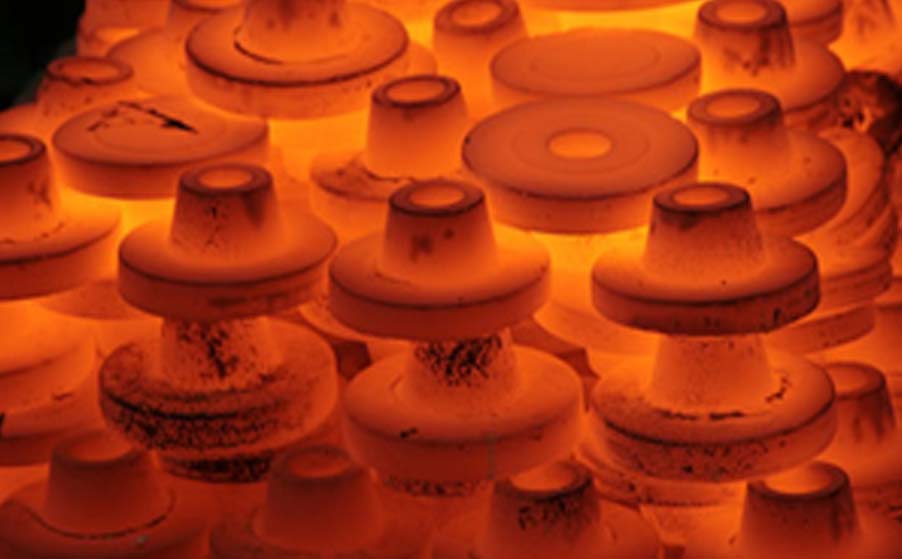Distortion and its possible causes
Distortion and its possible causes
The heat treatment of steel is necessary in order to manipulate the mechanical strength and metallurgy of the steel the manipulation of physical characteristics of the steel is necessary for prior machining and for the successful performance of the finished machined product.
Distortion is what every heat treatment practitioner dreads. Yet it is an aspect of the heat treatment process that cannot be avoided, particularly when austenitizing and quenching. It will happen, and nothing can stop it. However, steps can be taken to reduce the distortion but it cannot be eliminated. Distortion can be divided into three groups with each one either individually, or collectively contributing to the final
result of distortion.
Size change (meaning diamond shows stability)
phase change (caused as a result of the application of heat above the A1 line and A3 line (or the ACM line).
Residual stress initially caused at either rolling, forging, fabrication and machining.
All of the above can and will contribute to the occurrence of distortion.
Size change. Size change will occur as a direct result of the phase change occurrence due to the application of heat to the steel
Phase change. Phase changes will occur as a direct result of the application of heat to the steel which is necessary to change the structure from a body centered cubic lattice structure (ferrite)(BCC) to a Face Centered Cubic lattice structure (Austenite)(FCC) to a Body Centered to Tetragonal lattice structure (Martensite) (BCT) (if rapid cooling is employed).
Each of these phases has its own volumetric size and will change as the steel chemistry changes from steel grade to steel grade. Thus, a size change will occur. This further assumes, that all of the transformation products from the formed austenite to the freshly formed martensite is totally and absolutely complete. Variations in the rapid cooling rate will create the potential for residual or retained austenite.
Retained austenite is not stable. This means that it will progressively transform from the residual austenite to untempered martensite. This means that there will be both a progressive dimensional change and hardness value increase.
Induced residual stress
Induced residual stress occurs as a direct result of;
Rolling
Forging
Fabrication
Machining
The above will all contribute to the distortion, which will occur at the final heat treatment. The induced stress can only be removed by the application of heat. Heat is applied when the final heat treatment procedure is commenced, thus stress relieving will occur.
Grain size deformation as a result of Rolling, a similar effect occurs with forging. Grain size changes as a result of temperature and over soaking with time. The stress relieving will occur as the steel is being raised up to its appropriate austenitizing temperature. So, the
steel is already distorted when it achieves the austenitizing temperature. Good heat treatment (normalizing after forging where appropriate) will contribute to a reduction in the distortion, but not the elimination of the distortion.

